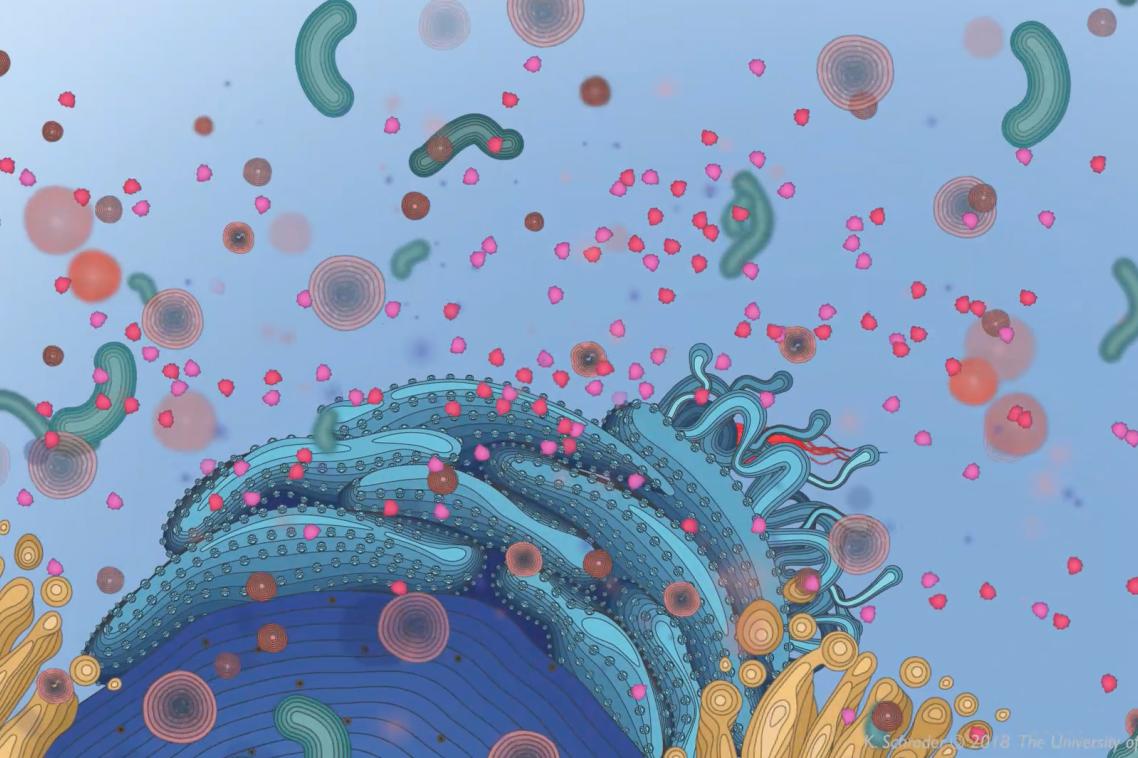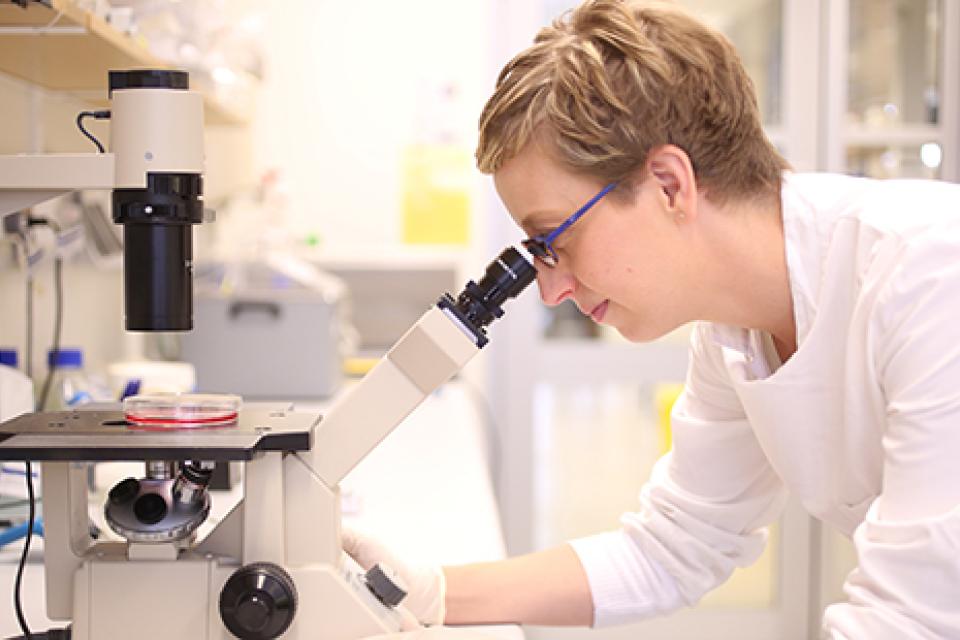New pathway in body’s immune response uncovered

A new understanding of one of the body’s immune defence mechanisms could lead to the development of novel therapeutic targets for conditions such as cancer and autoimmune diseases, a University of Queensland study has revealed.
UQ’s Institute for Molecular Bioscience researcher Associate Professor Kate Schroder, along with Dr Kaiwen Chen, Dr Mercedes Monteleone and Dr Dave Boucher, uncovered a new line of defence deployed by the immune system against bacteria.
“Bacteria are often quickly killed by white blood cells called neutrophils, which are the body’s initial line of defence against infection,” Dr Schroder said.
“We discovered an unexpected secondary line of defence that is deployed against bacteria that have evaded the initial immune response and invaded the neutrophil itself.
“This new immune defence pathway is mediated by an ‘executioner’ protein called Gasdermin D.

“This protein drives an unusual form of ‘cellular suicide’, where the cell expels structures called neutrophil extracellular traps (NETs) to catch the infection and prevent it from spreading.”
NETs are networks of DNA fibres embedded with antimicrobial proteins that immobilise and kill bacteria, providing a secondary line of resistance.
While researchers already knew that neutrophil cell death can be associated with NETs, this discovery revealed an entirely new pathway using Gasdermin D and the inflammasome – a molecular machine that senses and responds to infection.
Dr Schroder said while NETs had a protective role in fighting pathogens, they could also drive pathology in some autoimmune and inflammatory diseases, as well as cancers.
“It’s important we understand the basic cellular mechanisms of inflammation before we develop treatments for various immune-related diseases,” Dr Schroder said.
“Understanding how the Gasdermin D drives neutrophil death and the expulsion of NETs could lead to new therapeutic targets for immune-related diseases, which could in turn lead to more effective treatments and improve quality of life for affected individuals.”
The paper was published in Science Immunology and was supported by the National Health and Medical Research Council of Australia, the Australian Research Council and the Australian Cancer Research Foundation.
Media: Associate Professor Kate Schroder, 0457 071 023; IMB Communications, communications@imb.uq.edu.au, 0405 661 856.
Related articles

Should you consent to your doctor using an AI scribe? Here’s what you should know.

$1.85 million boost for UQ research projects
Media contact
UQ Communications
communications@uq.edu.au
+61 429 056 139

